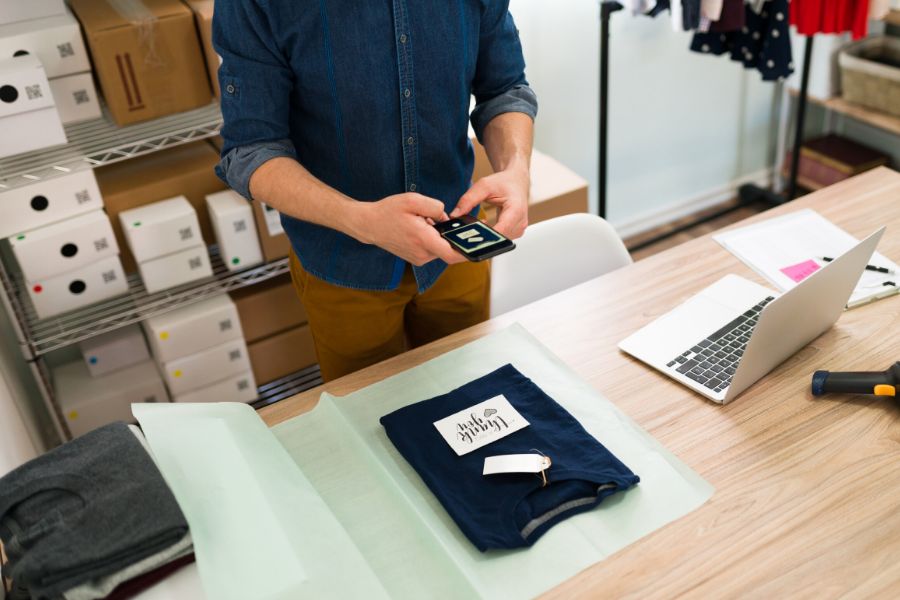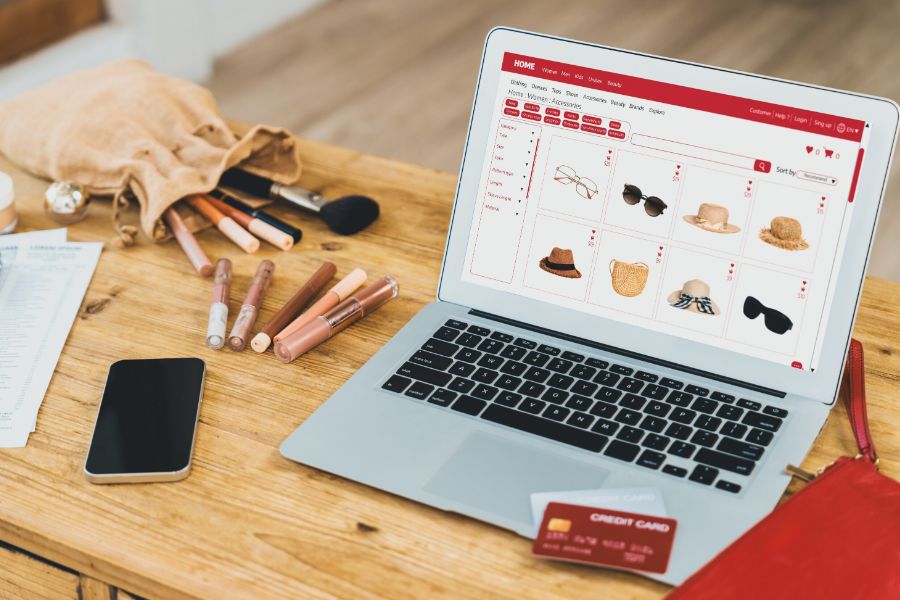Returns are one of the main challenges that retailers face. Such operations entail financial costs in terms of staff and resources. According to CNBC, only half of the returned goods can be sold at full cost. The rest will lead to monetary losses. The return merchandise authorization has come into play to make this process easier. The product the customer wants to return will be collected safely and returned to your inventory while being tracked and controlled strictly by the system. In this article today, we will describe the Return Merchandise Authorization System in detail as well as what benefits it can bring to retailers.
What Is Return Merchandise Authorization?
RMA stands for return merchandise authorization system, which is a solution for managing product returns in your online store. A form is usually included for the customer to express return reasons, which is documented later on (like a shipping label) to accelerate the process and let business owners know what is wrong with their goods.
A Return Merchandise Authorization System helps you keep track of the goods, reentering eligible items back into your inventory, and calculate the financial impact of the refund on your total sales. Retailers will if the return negatively affect their business and how bad the situation is.
Why Do Online Stores Need a Return Merchandise Authorization System?
Product returns may seem like a complicated part of the eCommerce business. It is already hard to manage the products on-shelf wrap proper packages to send them to customers. Returning requires another separate set of employees, checklist, and process to come into the picture, which doesn’t even bring any profit back to your store, only implies losses.
Build a loyal customer base
Product return is actually a crucial part of how your online store works. We have to admit that, it is impossible to produce 100% perfect products. There will be mistakes here and there during the production process and those goods are accidentally sent to our customers. Showing the shoppers that we are willing to take back the broken goods and refund will help build a strong, loyal customer base.
Save time
Trying to manage returns manually on a case-by-case basis is time-consuming and nearly impossible without a formalized process, which is precisely what a Return Merchandise Authorization System does. The RMA systems typically include the RMA itself, which can be understood as documentation the customer fills out to justify the return, a printable return label sent to the customer, and a backend processing system plugging into your inventory system.
Formalized process
Whenever someone returns something, the RMA system will log it back into your inventory immediately so your record reflects the return. After that, it will also calculate the shipping fees, the loss on your revenue and profit, enabling you to see how the return negatively affects your financial statement.
How An RMA System Is Set Up?
A fully functional RMA system will be a built-in integration for most eCommerce software. Users won’t need to worry about coding or technical skills to set it up properly. However, you will need to prepare certain parameters for your returns, such as:
- Shopper refund choices (cash, card, exchange, or store credit)
- The number of days a product is eligible for return
- Multiple reasons are listed out so that customers can choose why they have to return the item (the wrong size, doesn’t look like the online image, broken, etc)
What Does The Process Look Like When Customers Initiate A Return?
Your customer will receive a confirmation email with a printable return label as soon as a return is initiated through a self-service RMA system. Most of the time, when sticking this label outside of the package, the post office will not charge your customer the shipping fees. Instead, you should be the one who paid for that.
Depending on your business model, you may either grant the refund immediately or wait until you receive the item. Once you have the item in your hand, add it back to your inventory as soon as possible. If everything goes smoothly, you may have earned yourself a return customer and avoided negative reviews!
Wrapping Up
Through this article, we hope to provide you with an overview of what is the return merchandise authorization. This system is specifically designed to do all the hard work for you in a product return process. Retailers should consider installing an RMA system in their e-commerce store. ConnectPOS offers Amasty Return Merchandise Authorization, compatible with the Magento eCommerce store. Amasty RMA consists of advanced features such as processing all requests automatically using an add-on, analyzing RMA efficiency with detailed reports, auto-generating shipping labels, disabling returns for particular items, etc. Please feel free to contact us if you have any further questions!
ConnectPOS is a all-in-one point of sale solution tailored to meet your eCommerce POS needs, streamline business operations, boost sales, and enhance customer experience in diverse industries. We offer custom POS with features, pricing, and plans to suit your unique business requirements.




